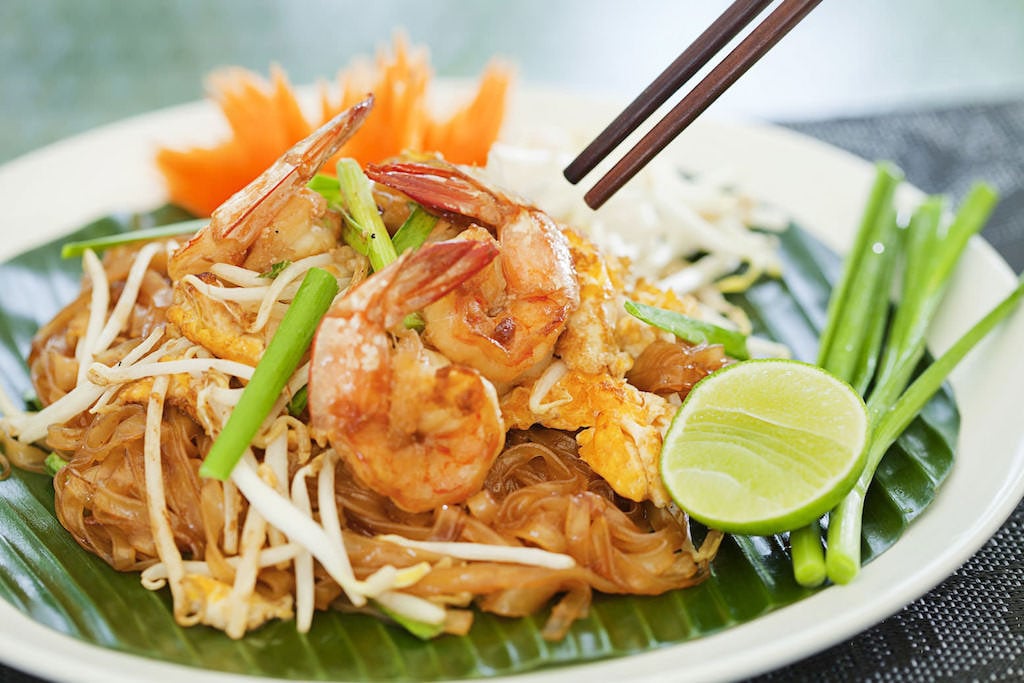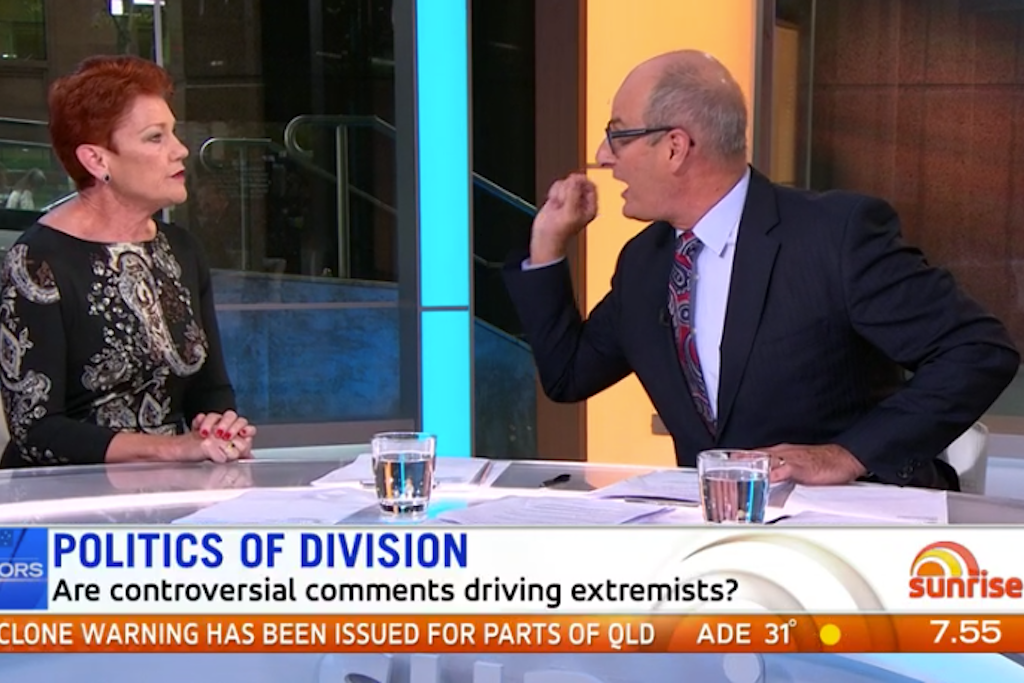The Real Story Behind Harmony Day: How John Howard Depoliticised Anti-Racism
"The day manifests itself by encouraging people to wear orange, for no clear reason, and eating ‘ethnic food’."

This article was first published in 2017.
Today is the International Day for the Elimination of Racial Discrimination, but you probably haven’t heard it called that before.
The day commemorates the Sharpesville Massacre. On March 21 1960, police opened fire and killed 69 people at a peaceful demonstration against apartheid laws in Sharpeville, South Africa. In proclaiming the day in 1966, the United Nations General Assembly called on the international community to redouble its efforts to eliminate all forms of racial discrimination.
Yet few people in Australia would be aware of the origins of this day since it was re-named as Harmony Day. The Racial Discrimination Commissioner, Tim Soutphommasane, and Victorian Premier Daniel Andrews were among the few public figures who mentioned the origins of the day last year on its 50th anniversary.
From Anti-Racism To “Harmony Day”
You might wonder why this matters. Surely a celebration of cultural diversity fits in with opposition to racism? But calling it Harmony Day drains the International Day for the Elimination of Racial Discrimination of its real meaning. Rather than focusing on tackling racism and the structural barriers that continue to exist, it is instead a self-congratulatory day about how “harmonious” we apparently are.
The nature of Harmony Day is unsurprising since it was originally an invention of the Howard Government. It was created 1998 in response to research conducted by Eureka Research for the federal government about the causes of racism and issues of national identity that were prominent at the time.
Rather than addressing Australia’s deep-seated issues and acknowledging there was racism, the project latched onto the idea of celebrating already existing harmony in the community, based on the second phase of research. Celebrating and protecting this harmony would be the focus, avoiding any uncomfortable conversations about racism. It didn’t threaten the status quo, which John Howard was all too happy with.
Nearly two decades on, the day manifests itself by encouraging people to wear orange, for no clear reason, and eating ‘ethnic food’. At best, Harmony Day is cosmo-multiculturalism — a multiculturalism that makes people feel classy and sophisticated, where ‘ethnic’ products are a form of exoticisms for consumption, detached from history and culture.
Racism Exists in Australia
Yes, nowhere is perfect and Australia does better than some other places in the world, but an absence of outright racially discriminatory laws does not mean racism does not exist. It remains in structural barriers, casual racism and instances of abuse throughout the country. Ask any non-white person or anyone visibly from a minority racial group and they can tell you about it.
You see it in the lack of diverse representation in our institutions. Soutphommasane, for example, has spoken about a “bamboo ceiling” preventing Asian Australians from taking their share of leadership positions. You see it in outright hostile depictions of Aboriginal and Torres Strait Islanders in our broadsheets. You see it in our politicians’ rhetoric about who we decide to let into this country and the circumstances in which they come.
We also seem to do far worse than other comparable countries in terms of general parliamentary representation. In Canada, for example, people from minorities have served as premier, governor-general and make up 14 percent of the Canadian parliament. In Australia, less than 10 percent of our federal parliamentarians are from non-English speaking backgrounds, even though nearly one in four Australians are.
The image of Australia projects of itself is predominantly still Anglo-Australian, both overseas and even at home. Race becomes the defining feature of anyone who is not an Anglo-Australian and any proper representation of a culturally diverse Australia in the media seems to be siphoned off to SBS. Then there are the more subtle forms of racism such as media reporting about Arab Australians and Asian Australians. The endless articles about “the Chinese” buying up property immediately come to mind.
As long as we continue to call it Harmony Day, we are legitimising this widespread denial about racism in Australia. One day can’t fix racism, but we can start by calling it what it actually is, and staying true to its real message: the International Day for the Elimination of Racial Discrimination.
Osmond Chiu is the Secretary of the @NSWFabians. He tweets at @redrabbleroz. This story was originally posted on International Day for the Elimination of Racial Discrimination in 2017.

